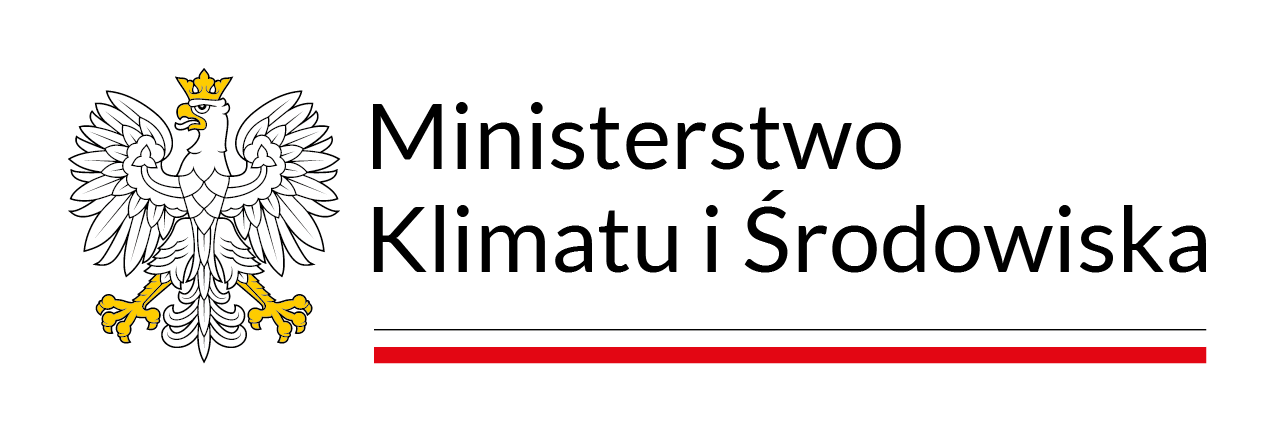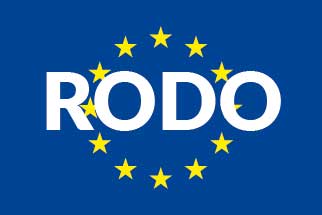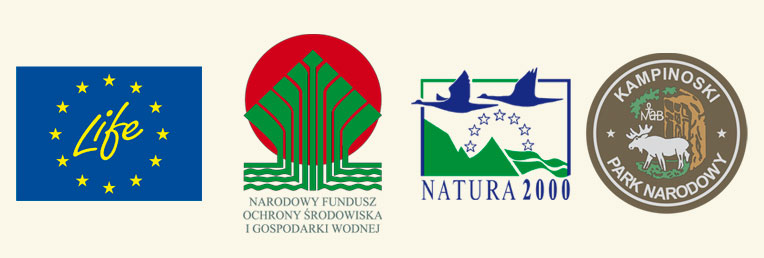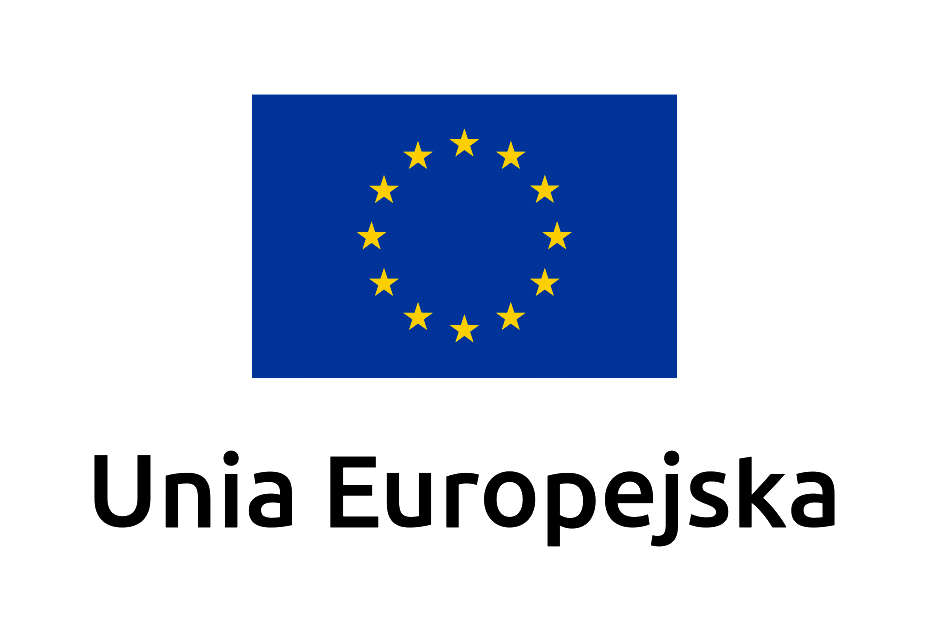Szanowni Państwo
NOWA oficjalna strona internetowa Kampinoskiego Parku Narodowego została uruchomiona pod adresem:
https://kampn.gov.pl
Obecna strona będzie funkcjonować pod starym adresem, lecz nie będą pojawiać się na niej nowe informacje,
a obecnie na niej zawarte nie będą już aktualizowane.
Nową stronę wydano w ramach Projektu POIS.02.04.00-00-0001/15 „Promocja Parków Narodowych jako marki”
współfinansowanego ze środków Unii Europejskiej w ramach Programu Operacyjnego Infrastruktura i Środowisko 2014-2020

When purchasing land and build up households for the LIFE+ „ActiveKPN” project we often bought old soil cellars. Some of them are suitable for the winter hibernation of bats. Such cellars are kept and clearly marked. They are also included into the system of old cellars – where the monitoring of the numbers and detailed scientific studies of hibernating bats are performed. Recently in whole park 120 such cellars were located, including 3 (Sowia Wola Folwarczna, Zamość, and Nowa Dąbrowa) which were purchased by the “ActiveKPN” project.
15 species of bats have been noted in Kampinos National Park. 6 of them used cellars as places of hibernation during the winter period. The most common of them is the brown long-eared bat, common are also Natterer's bat, Daubenton's bat and barbastelle. While rather rare are grey long-eared bats and whiskered bats.
It should be well remembered that all bat species are protected. Their presence in the ecosystem not only influences biodiversity but also impacts the numbers of invertebrates including oppressive species, as mosquitos, or tree pests.










